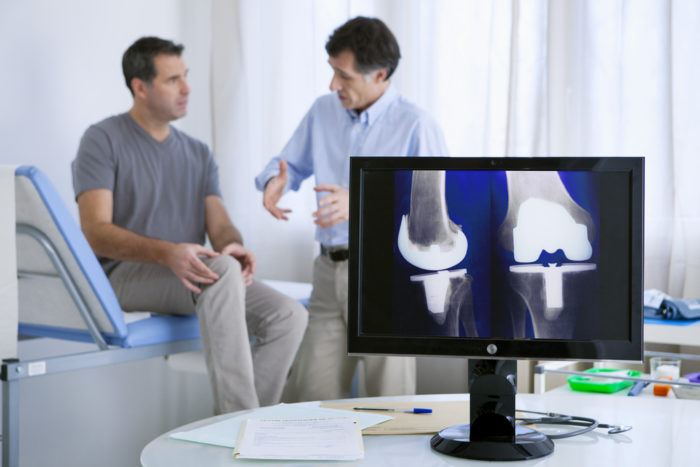Does Replacing A Joint Get Rid Of Arthritis?

Replacing a joint through joint replacement surgery, such as knee or hip replacement, does not cure arthritis. Arthritis is a chronic condition characterized by inflammation and degeneration of the joint cartilage, leading to pain, stiffness, and reduced joint function. Joint replacement surgery is performed to relieve pain, improve joint function, and enhance the individual’s quality of life by replacing the damaged joint with a prosthesis.
During joint replacement surgery, the damaged or arthritic joint surfaces are removed and replaced with a metal, plastic, or ceramic prosthesis replicating the joint’s natural movement. This artificial joint is designed to provide smooth and pain-free joint motion while supporting daily activities and reducing discomfort caused by arthritis.
Joint replacement can be highly effective in alleviating arthritis symptoms and restoring joint function; it does not eliminate arthritis from the rest of the body. Other joints affected by arthritis may continue to experience symptoms and require alternative treatments to manage pain and inflammation.
Joint replacement is typically considered when more conservative treatments for arthritis, such as medications, physical therapy, and lifestyle modifications, no longer provide sufficient relief. Joint replacement surgery aims to improve the quality of life for individuals with severe joint pain and functional limitations, but it is not a cure for arthritis.



